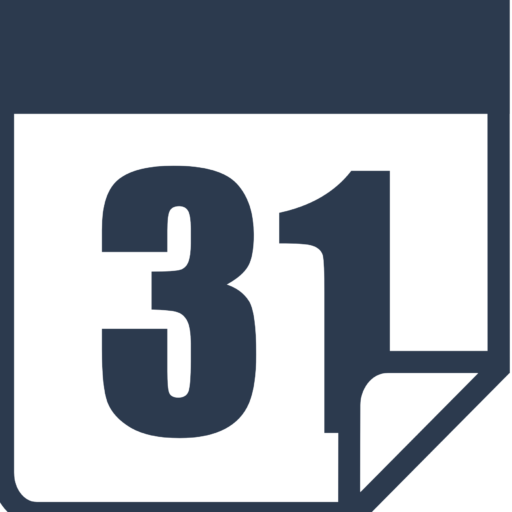Day 21: Creating a Useful Quick-Start Guide for Your Package
At this point, you've a collection of information and tools to help your prospect solve a problem. This might be small collection (such as 10 resources), or a larger collection with a couple dozen or more resources.
Either way, it could be overwhelming to the user when they receive this collection. And if they become overwhelmed and unsure of where to start, they might not use the package at all (which really is the case with the vast amount of courses).
This means users aren’t seeing your calls to action, they’re not clicking your links, and they may even ask for a refund if they don’t use the package.
So, what’s the solution?
It’s this...
Create a quick-start guide for the package. This is like a “tour” of the resources in the package, it tells people how to use them, and it encourages customers to start reading and using the resources immediately.
End result? Happier customers, reduced refunds, and increased backend sales. So, with that in mind, here’s how to create it…
Step 1: Decide the Best Way to Navigate the Package
Take a look at all the pieces in your package and ask yourself...
What's the BEST order to read and use these materials?
In some cases, it may be pretty obvious. For example, if you have a multi-module course and a bunch of tools, then it makes sense for users to review the course first, and then use the tools to take action on what they learned.
In other cases, the path may not be so clear. For example, if you’re sharing a series of related reports and tool (such as traffic-generation methods),then users start with any method they choose. They don’t need to go in any particular order.
However, because people like to go through materials in an orderly way, you’ll want your quick-start guide to outline a suggested method.
For example...
You might suggest that readers review the materials from “quickest/easiest to implement” to “longer/more difficult to implement.”
In the traffic methods example, you might suggest readers review the materials on guest blogging first because it’s relatively quick and easy, and later on they can review SEO materials (which takes more knowledge and time to get result).
TIP: Whenever possible, tell people to review materials that provide a “quick win” first. This will excite and motivate them to continue reviewing and acting on the materials.
Next…
Step 2: Create Your Guide
Once you’ve decided the best order for people to review the materials, then you can begin creating your guide. Keep these tips in mind...
Keep it Short
If your guide is long, you’re just going to add to overwhelm. Keep it short, at 500 to 2000 words.
Offer a Step-by-Step Format
Lay out the exact steps your readers need to take in the order they should take them. If there are special circumstances, include those. E.G., “Beginners will want to start with [insert resource], while intermediate and advanced users can start with [insert resource].”
Build Anticipation
As you list the steps, be sure to build anticipation to get people excited about what they’re going to read.
E.G., “On page 54 of [insert resource] you’ll discover a copywriting tip I bet you’ve never heard before – it could double your conversion rates overnight!”
Provide Additional Tips
You can add value to your guide by offering tips and tricks within the guide itself.
E.G., “Use the method provided in Chapter 2 along with the following tips to melt the fat even faster!”
TODAY’S TASK:
Your task today is to outline and create your Quick-Start Guide. It’s a good idea to ask someone in your niche to review your guide alongside the materials to be sure it’s clear, succinct and useful.
